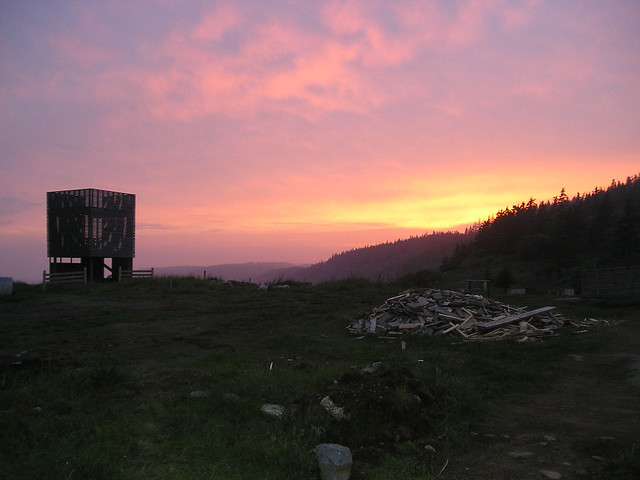Below are some of my photos of the ETH Zurich Pavilion that is part of the IDEAS CITY Festival in New York City. To learn more about the pavilion, which is made from old beverage cartons, head over to World-Architects to see the piece I wrote.



























:: Join and add photos to the archidose poolTo contribute your Instagram images for consideration, just:
:: Tag your photos #archidose











"a selection of architectural firms involved in current or ongoing projects in the surrounding neighborhood – BIG–Bjarke Ingles Group, David M. Schwarz Architects, Diller Scofidio + Renfro, James Corner Field Operations, OMA New York, Renzo Piano Building Workshop, Robert A.M. Stern Architects, Selldorf Architects, SHoP, Steven Holl Architects – have been invited to collaborate by building one visionary structure or construction for the opening of the project. In the cooperative spirit of the project, these initial buildings will become part of the collective architecture that the public builds over the four months of the project’s installation."So starting Friday, you'll have the chance to modify a design by one of these firms, just another reason to head to the High Line this summer. Oh, and I'm giving a walking tour of the High Line on Saturday, May 30 – tickets available here.









:: Join and add photos to the archidose poolTo contribute your Instagram images for consideration, just:
:: Tag your photos #archidose














:: Join and add photos to the archidose poolTo contribute your Instagram images for consideration, just:
:: Tag your photos #archidose










:: Join and add photos to the archidose poolTo contribute your Instagram images for consideration, just:
:: Tag your photos #archidose